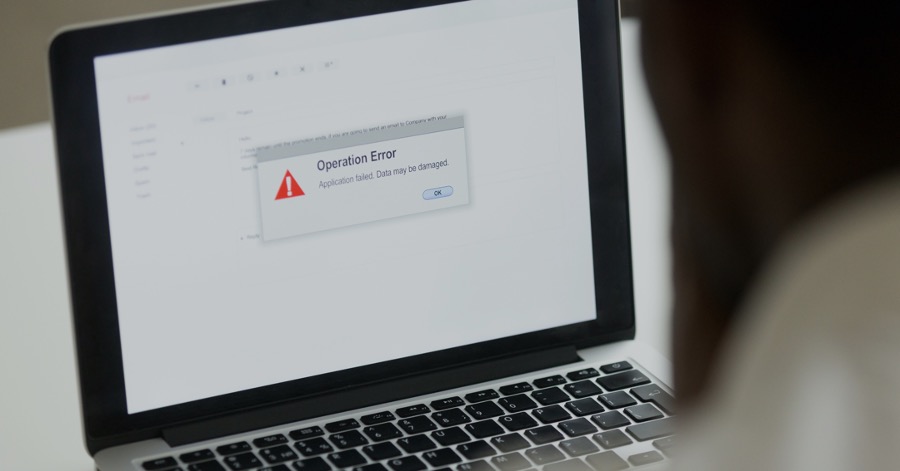The COVID-19 outbreak has led to a lot of organizations adapting to virtual communication almost overnight. While some companies already have their business continuity plans, disaster recovery plans or active pandemic policies in place and others are also hurrying to build the infrastructure to support the whole work-from-home situation.
A big part of this infrastructure is VPN and many organizations have been following this traditional way to remotely connect into the office network and access work computers. However, VPN’s are likely not the best choice for your organization’s remote access needs and companies that use this method are also aware of the issues that come with it.
Corporate VPN (be it hosted in the cloud or within a business’s perimeter network) is mainly designed to allow remote access to an organization’s network through something called protocol tunnelling and encryption technology. The aim is to connect remote assets to a company’s network when the location of the connection is beyond traditional firewalls and the network perimeter. We explain below why VPN is an outdated solution for today’s productivity demands and how remote access solutions can help you overcome the issues you face with VPNs.
1. BYOD and VPNs Don’t Go Together
In this BYOD (Bring Your Own Device) world, employees are forced to use office computers. The way VPN is set-up, a connection from a compromised device could infect the entire network of office computers and assets. That’s why employers insist on connecting through company-issued devices and need to ensure all devices are protected against malware to minimize risk exposure. This is hard to execute and maintain since an increasing number of employees prefer to use personal devices for work, or at least during these unprecedented times.
2. Security at stake
With an overloaded VPN, it is impossible to inspect network traffic effectively. Solutions like split-tunnelling that were meant to help by limiting VPN traffic, open new doors to security risks. Even though companies mandate the use of company provided and protected devices, it’s difficult to ensure with utmost certainty that a compromised device is not accessing their network. If this happens, a compromised device can infect the whole company network and assets on it. Damages to the company might also be with respect to malware infections, corrupted devices and systems or even data breaches.
VPNs act both as a front door as well as backdoor to your critical data and applications. As such, hackers show interest to use VPNs to gain unauthorized access to your systems. VPNs are also entry points into the administrative back-ends of systems, giving hackers an opportunity to reset configurations and create all kinds of damage. For infosec teams in particular too, securing VPNs presents a constant challenge. Many of the most notorious data breaches can be traced directly to VPN exploitation.
3. A Decrease In Performance When Too Many Employees Are Connected
VPN usually works best when a user is accessing the corporate network only for short durations to complete certain specific tasks. When many employees of an organization are connected via VPN simultaneously, it results in backhauling of traffic. This means that a huge amount of data is relayed back and forth through the corporate network, even for tasks that don’t need VPN, like accessing certain cloud applications and personal work. As a result, users will experience unreliable connections and slow deteriorating performance which can be a user’s nightmare. Large amounts of money and effort are spent in setting up, scaling, and maintaining VPN. Not to mention, the headache of having to use only company-issued devices to connect to the VPN, when the end result is a substandard performance.
4. Difficult To Set Up Across Multiple Users
In cases like COVID19, when there’s an unusual surge of employees working from home and connecting through VPN, companies need to deploy infrastructure on-the-go to accommodate the increased number of connections. This means buying, configuring, and setting up additional VPN gateways, which is tedious and expensive at the same time. From the user’s side too, using VPN may not be easy. It involves multiple steps and remembering multiple logins for different apps. Combine that with poor connection rates, high latency, and slow performance, what you get is unhappy and unproductive employees. And who wants to deal with manual updates, patches and troubleshooting? No one.
5. Require Additional Apps For Remote Control
While using VPN to access office networks, usually employees need to connect to another app like RDP to remotely access their computers. This makes it complex for the IT admins in companies to maintain it as well as for the employees to connect.
6. Not Suited For Longer Durations of Work From Home
VPN might be efficient for employees to quickly connect to the office computer and complete a certain task. But it might not work as well as a long-term work from home solution, as is the need of this hour. When employees work from home entirely, they remain connected to VPN all the time, even when they do personal tasks. That overloads the VPN even more, and it’s not an efficient use of company bandwidth. There are many situations where users get disconnected from VPN after 4-5 hours of continuous usage.
As mentioned above, VPN is a legacy solution for remotely connecting to the office network, and cannot address the technological trends and remote access needs of today’s demands. With our tried-and-tested, sophisticated remote access tools, you can overcome these remote access challenges and boost overall productivity in a secure way.
We can suggest easy to set-up and use, secure solutions to access work through any personal Windows or Mac computers or even iOS or Android mobile devices. Our remote access solutions use fast, high-performance technology that lets you access the remote computers as if you’ve never been away, without even a lag or connectivity issues.
With TLS 1.2 with AES 256-bit encryption, device authentication, two-factor authentication, multi-level password security and many more security features, we provide a secure remote connection thereby eliminating risk exposure to other office assets in your network. Not only can you control your remote desktop computer but you also get additional features like session-recording, remote print, share desktop, maintain an audit trail and so on.
Our remote access solutions are easy to deploy, scale, and are cost-effective for long-term work from home situations as well as for meeting AD-HOC remoting needs. Employees can maintain a remote connection to their work computer as well as do their personal work with their personal device, without loading the corporate network bandwidth, as it would if connected through VPN.
As work from home is becoming the new reality for many, a secure and robust remote access solution is a must for boosting productivity.
Get in touch with us today to know how we can help. Request a free trial today.



